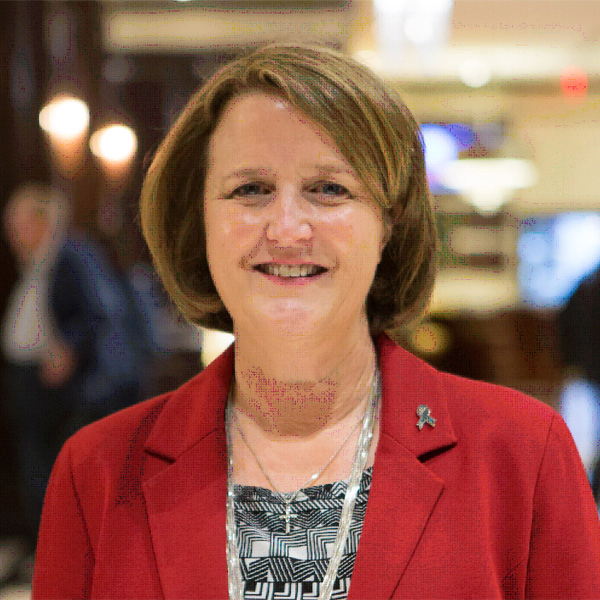Virtual Symposium | Tuesday, November 16, 2021
Thank you for participating in this year’s virtual symposium! Provided below is a listing for this meeting, including the agenda, a printable program, speaker bios, abstracts, and presentation slides. Following the meeting, a recording will be added here and emailed to attendees.
2021 ECD Virtual Medical Symposium Recording
Speakers:
-
Kathy Brewer
PresidentErdheim-Chester Disease Global Alliance Achievements and Statistics
-
Eli L. Diamond, MD
Report on ECD Registry and Analysis of Fatigue and Pain in ECD Registry Patients
-
Giulio Cavalli, MD, Ph.D.
Oncogene-induced maladaptive activation of Trained Immunity in the pathogenesis and treatment of Erdheim-Chester disease
-
Jerome Razanamahery, MD
Disturbance of monocyte homeostasis in histiocytosis is close to chronic myelomonocytic leukemia and is correlated with phenotype and disease activity
-
Yu Oyama, MD
Novel recurrent mutations in Erdheim-Chester Disease patients identified by whole exome sequencing and whole genome sequencing.
-
Oshrat Rokah, Ph.D.
The Contribution of MicroRNAs to the Inflammatory and Neoplastic Characteristics of Erdheim–Chester Disease
-
Jerome Razanamahery, MD
Dramatic efficacy of Vemurafenib on psychiatric symptoms revealing BRAFV600E Erdheim-Chester Disease
-
André Neder Ramires Abdo, MD
Synchronic Systemic Aggressive Mastocytosis and Langerhans Cell Histiocytosis with BRAF p.N486_P490del
-
Anaïs Roeser, MD
Role of vascular endothelial growth factor in Erdheim-Chester Disease
-
Francesco Pegoraro, MD
Kidney involvement in Erdheim-Chester disease: a multicenter cohort study on 195 patients
-
Ashley Aaroe, MD
Treatment of Non-Langerhans Cell Histiocytosis with the MEK Inhibitor Trametinib
-
Eli L. Diamond, MD
Outcomes after discontinuing targeted therapy in ECD and other histiocytoses


















